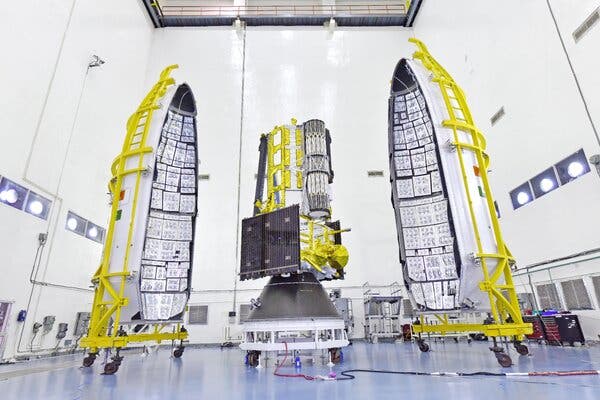A cutting-edge radar satellite developed collaboratively by NASA and India’s space agency will generate detailed maps of nearly all terrestrial and polar regions on Earth. It can detect surface changes as slight as one centimeter, enabling the creation of three-dimensional maps that assist scientists and policymakers in managing natural disasters such as volcanic eruptions and earthquakes, supporting agricultural monitoring, and tracking long-term transformations in Antarctica’s ice sheets and other global environments.
This satellite mission is called the NASA-ISRO Synthetic Aperture Radar, or NISAR, with ISRO representing the Indian Space Research Organization.
The launch is scheduled from India’s Satish Dhawan Space Center on the southeastern coast, set for Wednesday at 8:10 a.m. Eastern Time (5:40 p.m. local time in India). The launch window will last ten minutes, providing some flexibility for weather or technical considerations.
Coverage of the launch operations will begin at 7 a.m. Eastern Time.
NISAR is described as the most sophisticated radar system ever deployed by NASA.
Because radar waves can penetrate cloud cover, this technology is well-suited for continuous observation of Earth’s surface regardless of weather conditions.
Detecting subtle deformations in the Earth’s crust can provide crucial early warnings for impending natural hazards such as volcanic activity and landslides. Additionally, measurements of polar ice sheets will help determine areas experiencing melting versus those gaining mass through snowfall accumulation.
The satellite’s data will also be invaluable for identifying flooded regions obscured by adverse weather, thereby aiding emergency response teams.


0 Comments
No comments yet. Be the first to comment!